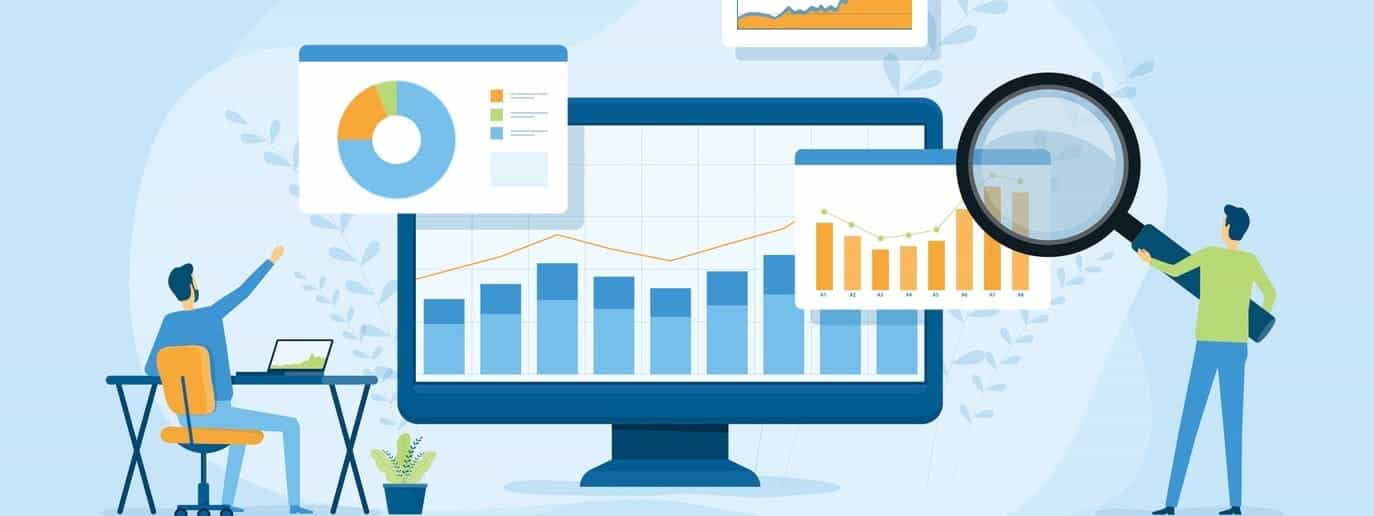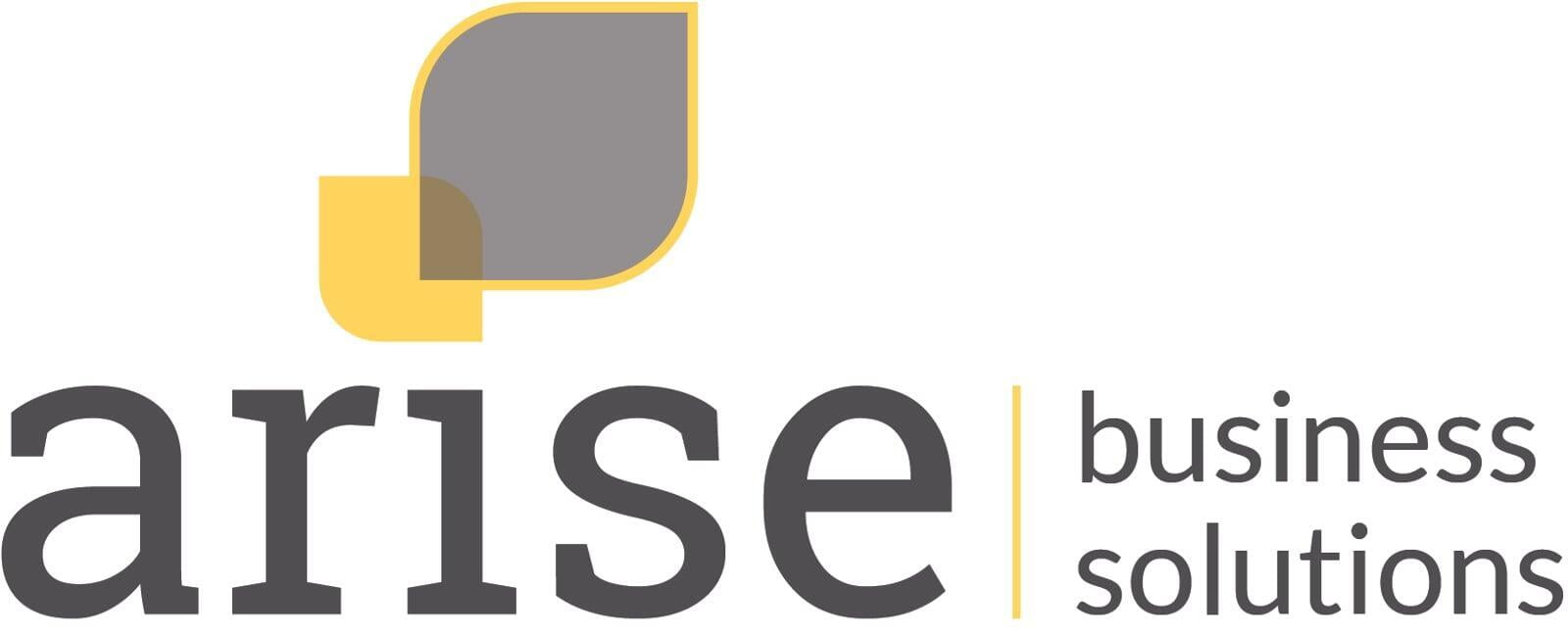Most firms track basic metrics like revenue and billable hours, but these backward-looking metrics only tell you where you've been, not where you're heading.
The difference between thriving firms and those merely surviving comes down to tracking and acting on metrics that predict future performance and identify opportunities for growth.

There are 7 core measurements that should be part of every businesses KPI's.
The Essential Seven
The Essential Seven
1.
Pipeline Velocity
Speed of opportunity movement through your sales process
2.
Client Engagement Score
Quality and frequency of client interactions
3.
Resource Utilisation Rate
Percentage of billable vs. available hours
4.
Proposal Win Rate
Success rate by service type and client sector
5.
Client Lifetime Value
Predicted total revenue from client relationships
6.
Project Pipeline Coverage
Ratio of potential projects to revenue targets
7.
Lead Source Effectiveness
ROI of different business development channels
Let's expand on these a bit more...
The Cost of Poor Metric Tracking
Immediate Business Impact
Hidden Long-term Costs
The Transformation Potential
Immediate Benefits
Strategic Advantages
Next Steps
The Bottom Line
In today's competitive landscape, professional services firms can't afford to fly blind. Every 1% improvement in key metrics can mean tens of thousands in additional profit. The right metrics, properly tracked and acted upon, provide the visibility needed to make better decisions faster than your competitors.


